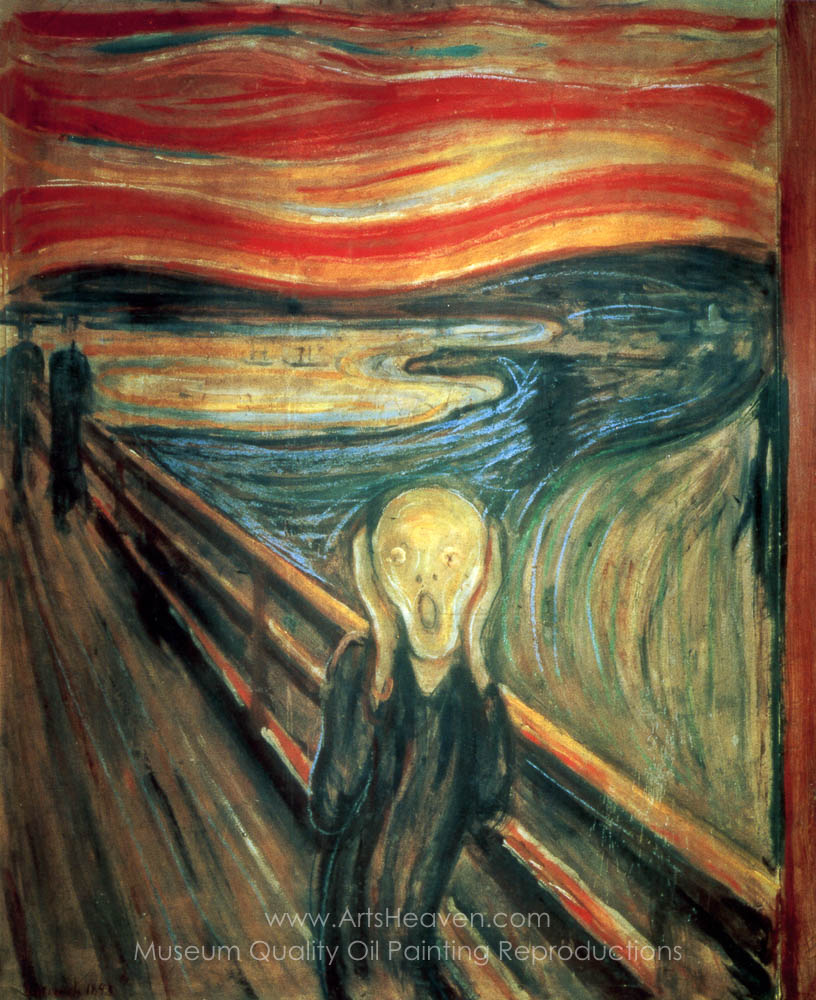Save Trieste's mental health system
 The Trieste model of mental health care is recognised by WHO as a world standard for community psychiatry. It has inspired programmes in dozens of countries and is a beacon of hope for clinicians, patients, and families everywhere.
However, Trieste, the city in northern Italy, is now threatened by a right-wing government promoting privatisation and the dismantling of what it misperceives to be politically left-wing psychiatry. This is painfully reminiscent of the destruction of community psychiatry in the USA by President Ronald Reagan in 1980.
For people who have never seen the Trieste model in action, it might sound too good to be true. How can any mental health system help patients with severe and chronic conditions with so few hospitalisations and so little involuntary treatment? I was once among the profound sceptics. But immersion during five visits convinced me that Trieste is the best place in the world to be a patient with a mental disorder—whereas visits to patients in prisons and on the streets of the USA convinced me that the USA is among the worst. It is startling how well patients do when they are treated well in Trieste; how much sicker they become when neglected in the USA.
Trieste's approach is based on four principles: patients are citizens deserving dignity and respect; there is great therapeutic value in including them in the city's daily activities; work with the community creates an inclusive social fabric that welcomes patients; and patients function best when we preserve their freedom and play to their strengths.
Trieste promotes mental health with its strong emphasis on interpersonal relations, family involvement, improved living conditions, and opportunities to work and play. Involuntary treatment, seclusion, and closed doors are eliminated in a system that is markedly caring and inviting. Neglect in the USA allows acute symptoms to become chronic, allows worse symptoms to emerge, and promotes demoralisation.
Trieste once had 1200 mental hospital beds for 240 000 people; now it has only six general hospital beds and 30 overnight community centre beds.1 Deinstitutionalisation was a brilliant success in Trieste because its community services are so good; it was a dismal failure in the USA because our community services are so lacking. The closing of 90% of US hospital beds in the past 60 years has resulted in the national shame of 600 000 patients with mental illness being incarcerated or homeless.2
To work well, closing beds must be accompanied by opening society. Trieste provides supportive housing; 24-hour community centres and crisis response; home care; social clubs; paid jobs in entrepreneurial companies created and run by the Trieste mental health system; recreational opportunities; and social service help obtaining economic assistance. Families and friends are welcomed into an environment that is creatively designed and attractively furnished. The pleasant club-like atmosphere is normalising—you usually cannot tell who is a member of staff, who is a patient, or who is family or a visitor. Recognising that recreation and pleasure are an important part of life, the centres sponsor parties, trips, exercise, and art and theatre workshops. The model has proven its worth, safety, practicality, community acceptance, and cost-effectiveness.3
Community services follow the user to home, hospitals, nursing homes, prisons, and forensic facilities. Home visitors learn about living conditions, mediate conflicts with family or neighbourhood, administer medication, and accompany people as needed to government agencies or the workplace.
It is cruelly ironic that the USA pioneered the best community psychiatry and actually served as a model for Trieste. After his election in 1960, President Kennedy acted on his strong personal motivation to improve the plight of people with mental illnesses; his sister Rosemary had received appalling treatment. Kennedy's Community Mental Health Centers Act funded programmes in every state to meet the needs of the patients being discharged from dysfunctional psychiatric hospitals. Money saved from closing hospitals was meant to provide housing and treatment in the community. This was an inspiration for Franco Basaglia, the creator of the Trieste model, who spent 6 months in the USA in 1969 studying deinstitutionalisation and community psychiatry.
What a strange twist of fate that Trieste bloomed into a place with the best community psychiatry in the world just as the USA dismantled what until then had been the best. When Reagan defunded Kennedy's Community Centers, they either closed or went private and stopped accepting people with severe illnesses who were uninsured or expensive to treat.
Community psychiatry is cost effective, and defunding turned out to be very expensive. Neglecting people with mental illnesses greatly increased costs for police, prisons, hospitals, emergency rooms, nursing homes, and services for the homeless.4 Indifference to the suffering of people with mental illnesses is not only inhumane, it has economic consequences.
Saving Trieste is not just a local Italian question; it is symbolic of saving decent community psychiatry and housing for people with mental illnesses everywhere.
The Trieste model of mental health care is recognised by WHO as a world standard for community psychiatry. It has inspired programmes in dozens of countries and is a beacon of hope for clinicians, patients, and families everywhere.
However, Trieste, the city in northern Italy, is now threatened by a right-wing government promoting privatisation and the dismantling of what it misperceives to be politically left-wing psychiatry. This is painfully reminiscent of the destruction of community psychiatry in the USA by President Ronald Reagan in 1980.
For people who have never seen the Trieste model in action, it might sound too good to be true. How can any mental health system help patients with severe and chronic conditions with so few hospitalisations and so little involuntary treatment? I was once among the profound sceptics. But immersion during five visits convinced me that Trieste is the best place in the world to be a patient with a mental disorder—whereas visits to patients in prisons and on the streets of the USA convinced me that the USA is among the worst. It is startling how well patients do when they are treated well in Trieste; how much sicker they become when neglected in the USA.
Trieste's approach is based on four principles: patients are citizens deserving dignity and respect; there is great therapeutic value in including them in the city's daily activities; work with the community creates an inclusive social fabric that welcomes patients; and patients function best when we preserve their freedom and play to their strengths.
Trieste promotes mental health with its strong emphasis on interpersonal relations, family involvement, improved living conditions, and opportunities to work and play. Involuntary treatment, seclusion, and closed doors are eliminated in a system that is markedly caring and inviting. Neglect in the USA allows acute symptoms to become chronic, allows worse symptoms to emerge, and promotes demoralisation.
Trieste once had 1200 mental hospital beds for 240 000 people; now it has only six general hospital beds and 30 overnight community centre beds.1 Deinstitutionalisation was a brilliant success in Trieste because its community services are so good; it was a dismal failure in the USA because our community services are so lacking. The closing of 90% of US hospital beds in the past 60 years has resulted in the national shame of 600 000 patients with mental illness being incarcerated or homeless.2
To work well, closing beds must be accompanied by opening society. Trieste provides supportive housing; 24-hour community centres and crisis response; home care; social clubs; paid jobs in entrepreneurial companies created and run by the Trieste mental health system; recreational opportunities; and social service help obtaining economic assistance. Families and friends are welcomed into an environment that is creatively designed and attractively furnished. The pleasant club-like atmosphere is normalising—you usually cannot tell who is a member of staff, who is a patient, or who is family or a visitor. Recognising that recreation and pleasure are an important part of life, the centres sponsor parties, trips, exercise, and art and theatre workshops. The model has proven its worth, safety, practicality, community acceptance, and cost-effectiveness.3
Community services follow the user to home, hospitals, nursing homes, prisons, and forensic facilities. Home visitors learn about living conditions, mediate conflicts with family or neighbourhood, administer medication, and accompany people as needed to government agencies or the workplace.
It is cruelly ironic that the USA pioneered the best community psychiatry and actually served as a model for Trieste. After his election in 1960, President Kennedy acted on his strong personal motivation to improve the plight of people with mental illnesses; his sister Rosemary had received appalling treatment. Kennedy's Community Mental Health Centers Act funded programmes in every state to meet the needs of the patients being discharged from dysfunctional psychiatric hospitals. Money saved from closing hospitals was meant to provide housing and treatment in the community. This was an inspiration for Franco Basaglia, the creator of the Trieste model, who spent 6 months in the USA in 1969 studying deinstitutionalisation and community psychiatry.
What a strange twist of fate that Trieste bloomed into a place with the best community psychiatry in the world just as the USA dismantled what until then had been the best. When Reagan defunded Kennedy's Community Centers, they either closed or went private and stopped accepting people with severe illnesses who were uninsured or expensive to treat.
Community psychiatry is cost effective, and defunding turned out to be very expensive. Neglecting people with mental illnesses greatly increased costs for police, prisons, hospitals, emergency rooms, nursing homes, and services for the homeless.4 Indifference to the suffering of people with mental illnesses is not only inhumane, it has economic consequences.
Saving Trieste is not just a local Italian question; it is symbolic of saving decent community psychiatry and housing for people with mental illnesses everywhere.
AmerAsia Company - Beijing AmerAsia China IT Consulting – Data Drill – CaliCoin.io – AmerAsia Report – Reciprocity Project
